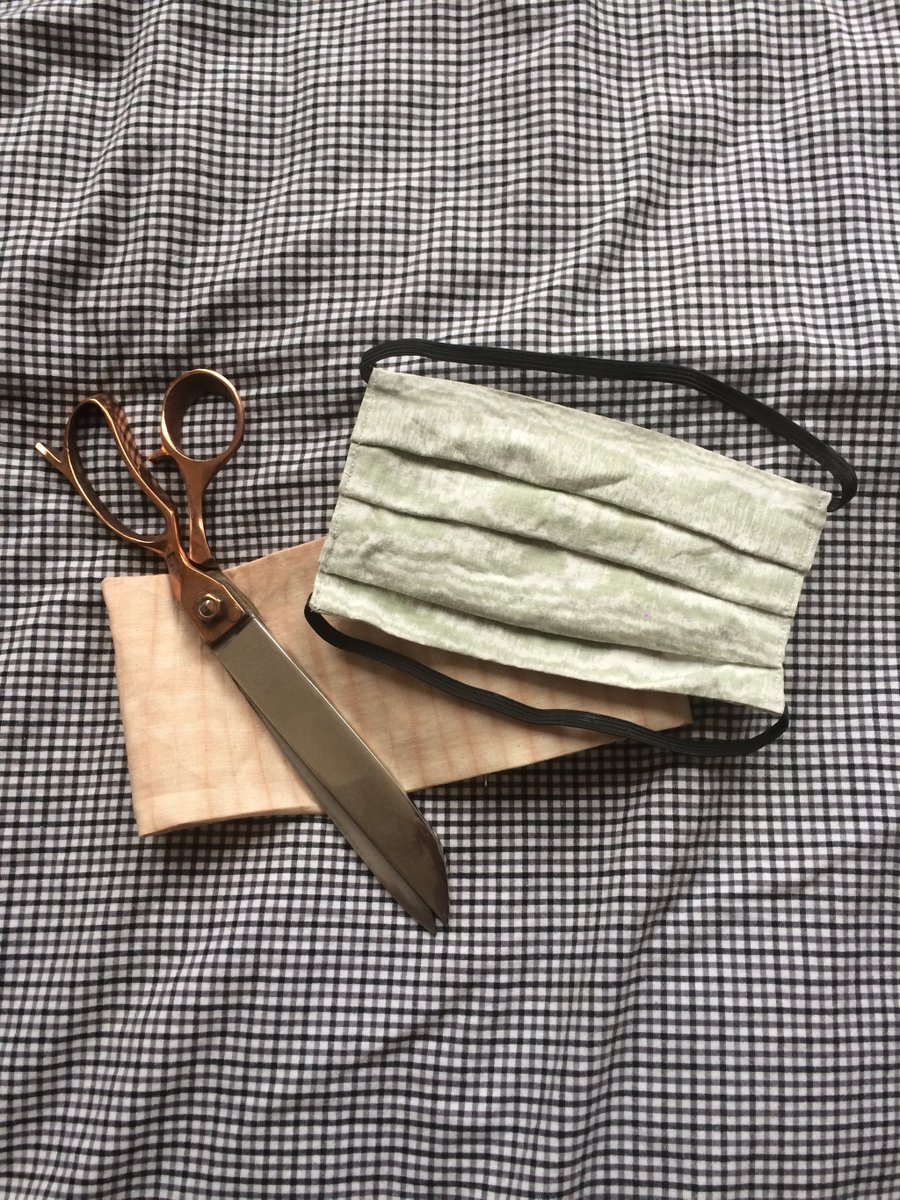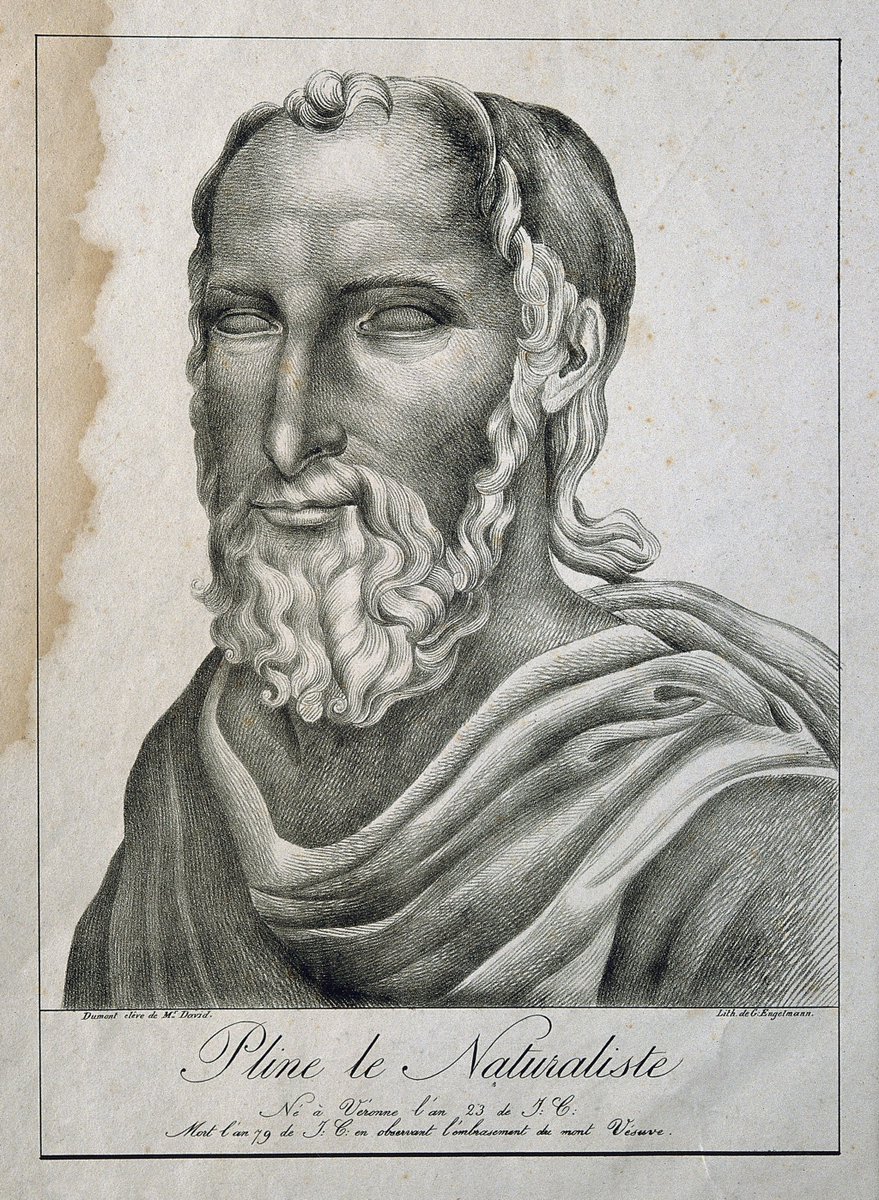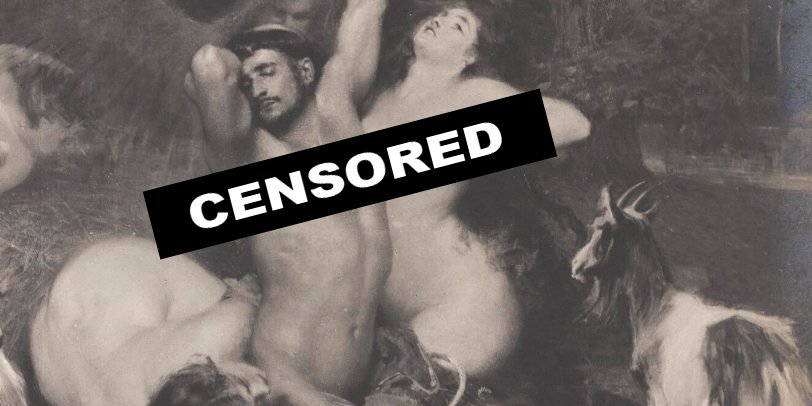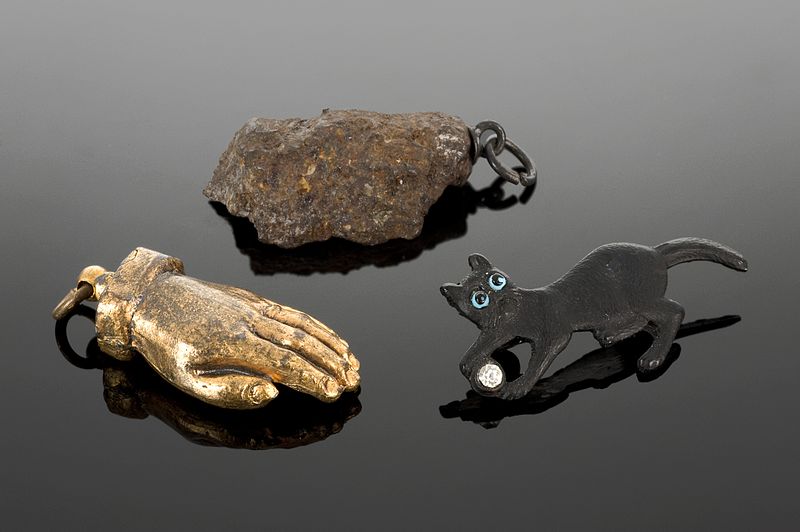
Free museum and library in London and online. Explore the past, present and future of health with us.
How to get URL link on X (Twitter) App


 For instance, in Mantua and Parma, sex workers were ordered to wear a white cloak in public.
For instance, in Mantua and Parma, sex workers were ordered to wear a white cloak in public. 
 When our founder, Henry Wellcome started collecting in the 19th century, the aim then was to acquire vast numbers of objects that would enable a better understanding of the art and science of healing throughout the ages.
When our founder, Henry Wellcome started collecting in the 19th century, the aim then was to acquire vast numbers of objects that would enable a better understanding of the art and science of healing throughout the ages. 

 Information on contraception and sexuality for young people has always been a contentious topic in the UK. Even today, sex education and relationships at school are hotly debated, and new guidance remains desperately limited.
Information on contraception and sexuality for young people has always been a contentious topic in the UK. Even today, sex education and relationships at school are hotly debated, and new guidance remains desperately limited. 

 Face coverings as a way of protecting respiratory health go back at least 2,000 years. The Roman philosopher Pliny the Elder used animal-bladder skins as masks to filter dust from toxic minerals used at the time for pigmentation in decorations. #facecoverings
Face coverings as a way of protecting respiratory health go back at least 2,000 years. The Roman philosopher Pliny the Elder used animal-bladder skins as masks to filter dust from toxic minerals used at the time for pigmentation in decorations. #facecoverings 

 Outbreaks of plague hit London repeatedly during Shakespeare’s professional life from between 1592-1609. Whenever more than 30 deaths were reported in a week, the London authorities closed the playhouses. #ShakespearesBirthday
Outbreaks of plague hit London repeatedly during Shakespeare’s professional life from between 1592-1609. Whenever more than 30 deaths were reported in a week, the London authorities closed the playhouses. #ShakespearesBirthday 

 To prevent the Black Death spreading in the 14th century, all ships thought to be infected were isolated for 40 days to prevent the spread of the disease. In fact, the word quarantine comes from the Italian quaranta giorni, meaning “40 days”.
To prevent the Black Death spreading in the 14th century, all ships thought to be infected were isolated for 40 days to prevent the spread of the disease. In fact, the word quarantine comes from the Italian quaranta giorni, meaning “40 days”. 

 Paira Mall (1874-1957) was a doctor and linguist. In 1911 he was financed by Henry Wellcome to travel throughout India and the Far East in search of a diverse range of artefacts relevant to the history of medicine. 1/6
Paira Mall (1874-1957) was a doctor and linguist. In 1911 he was financed by Henry Wellcome to travel throughout India and the Far East in search of a diverse range of artefacts relevant to the history of medicine. 1/6 

 The West has a very long history of censoring sex. In 1580 for example, politician William Lambarde drafted the first bill to ban “licentious” and “hurtful... books, pamphlets, ditties, songs, and other works that promote the art of “lascivious ungodly love”. 1/17
The West has a very long history of censoring sex. In 1580 for example, politician William Lambarde drafted the first bill to ban “licentious” and “hurtful... books, pamphlets, ditties, songs, and other works that promote the art of “lascivious ungodly love”. 1/17 

 It's got 19 - NINETEEN - different recipes for Genoese sponge. And over 400 different recipes for 'gateaux and dessert cakes'.
It's got 19 - NINETEEN - different recipes for Genoese sponge. And over 400 different recipes for 'gateaux and dessert cakes'. 

 Lovett worked for much of his life at the Bank of Scotland in London, rising to the rank of Chief Cashier, but in his leisure time he took great pleasure in his collecting trips to the working-class areas of London. #InternationalMuseumDay #IMD2018 #welovett #wehaveacharmforthat
Lovett worked for much of his life at the Bank of Scotland in London, rising to the rank of Chief Cashier, but in his leisure time he took great pleasure in his collecting trips to the working-class areas of London. #InternationalMuseumDay #IMD2018 #welovett #wehaveacharmforthat